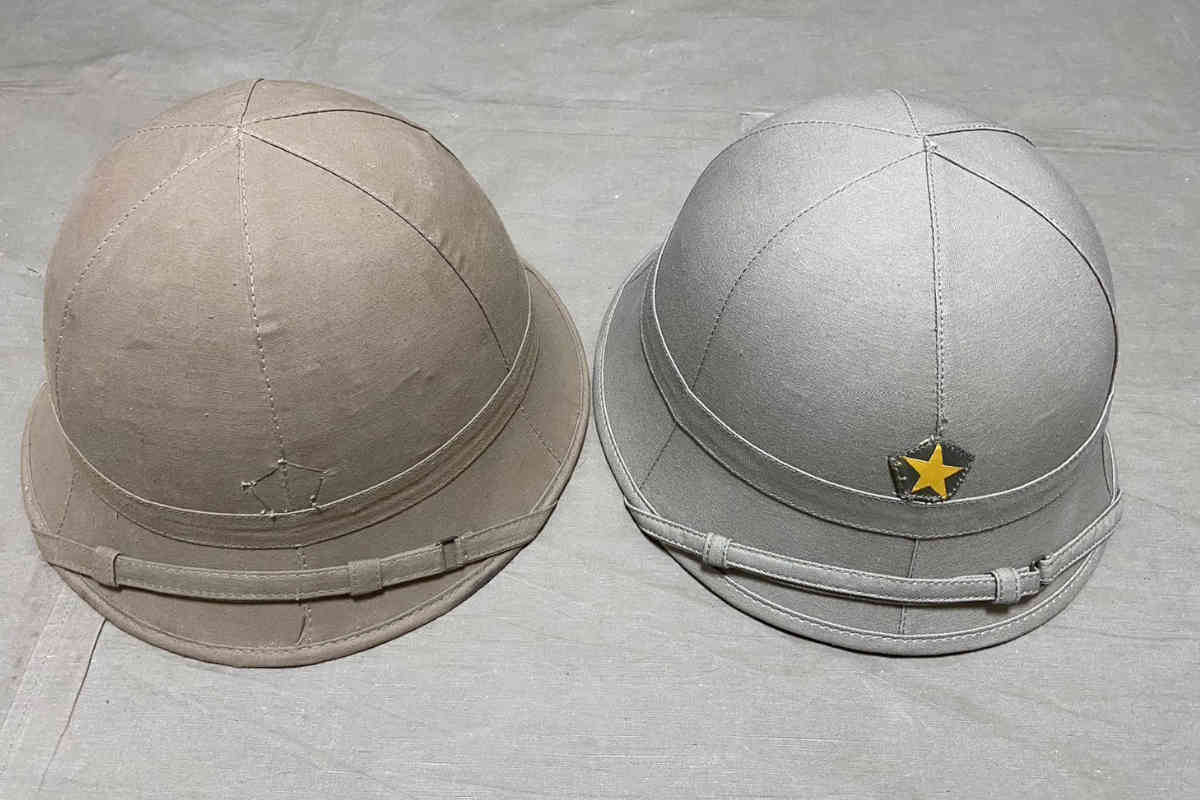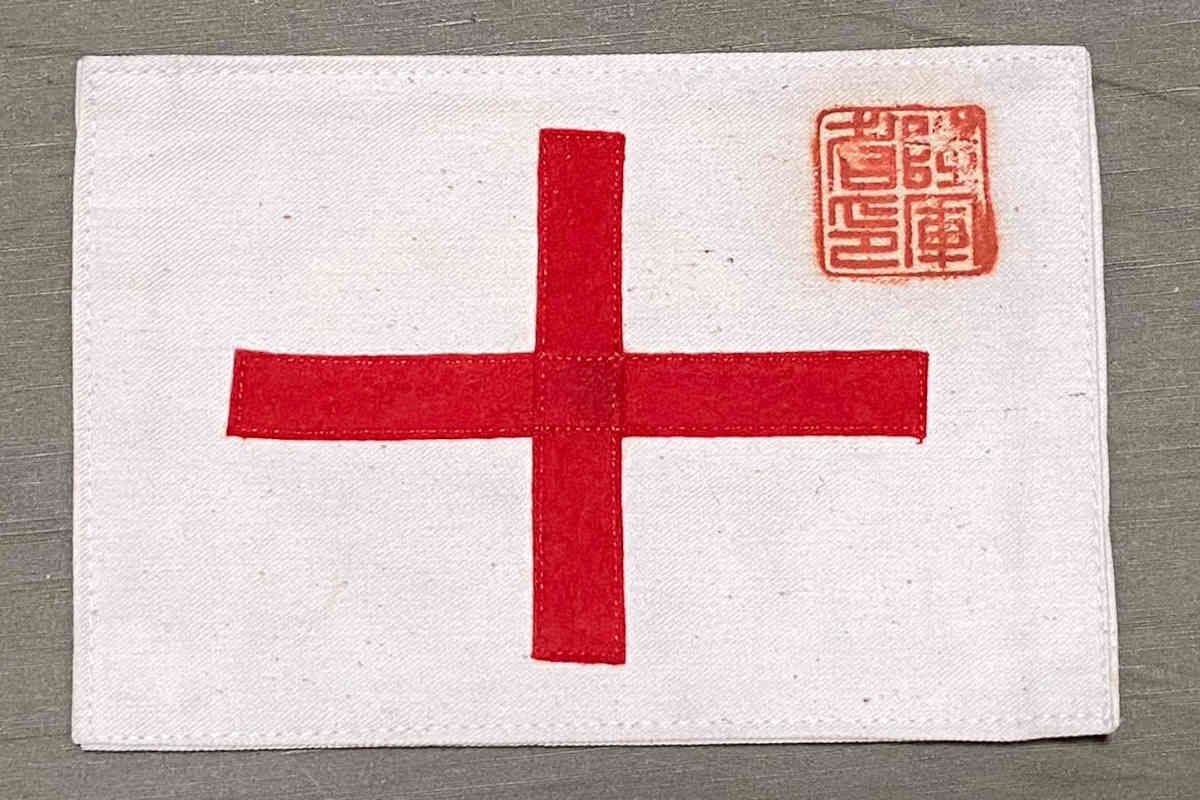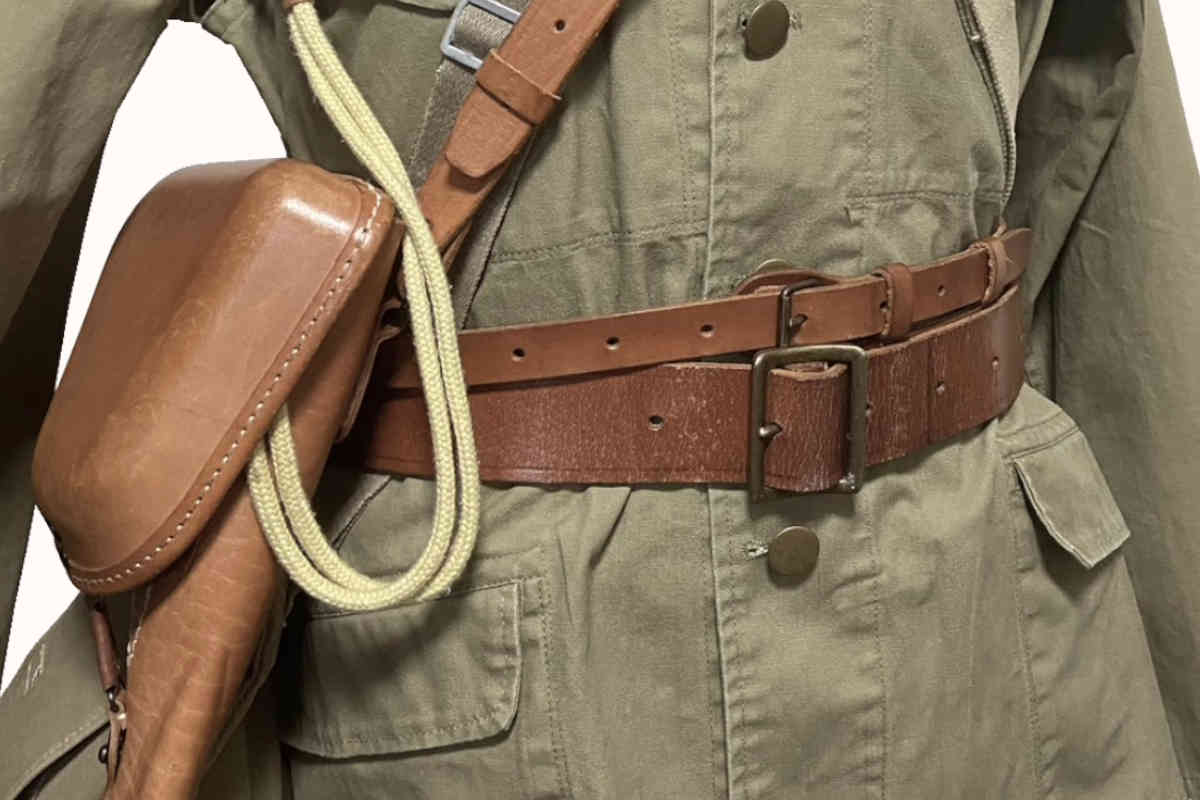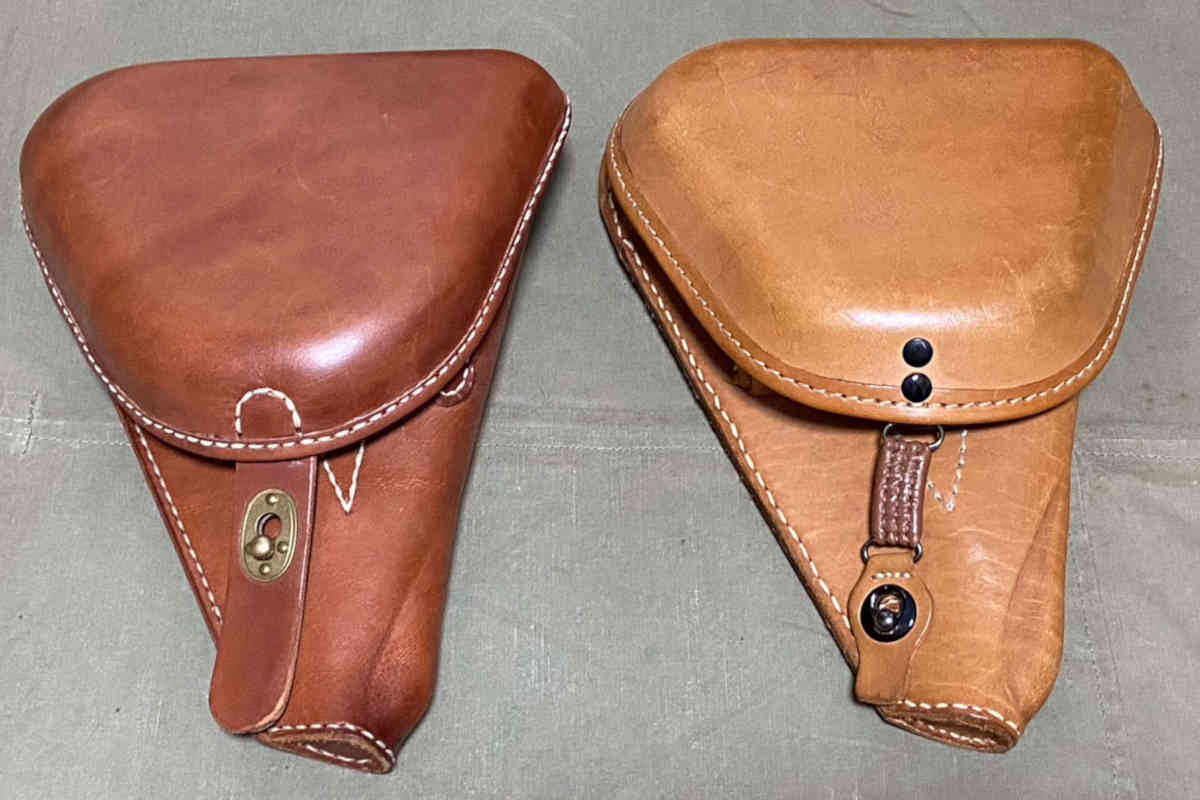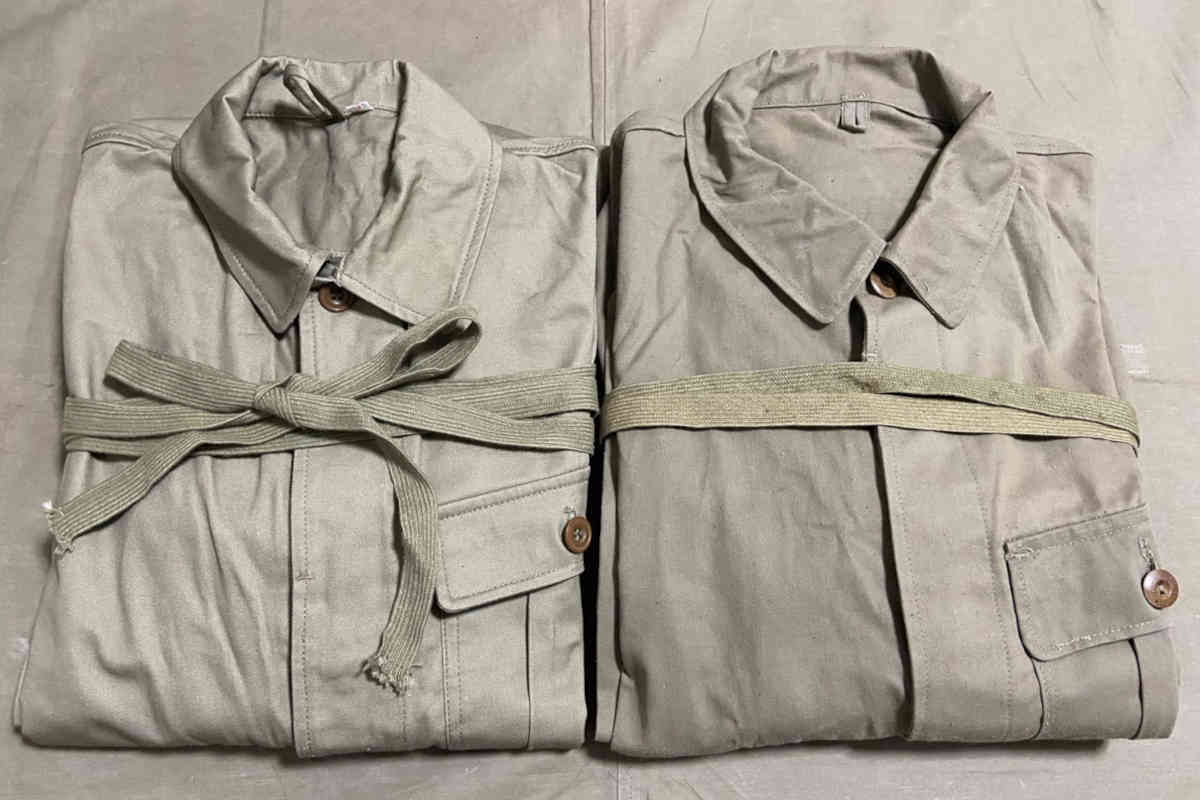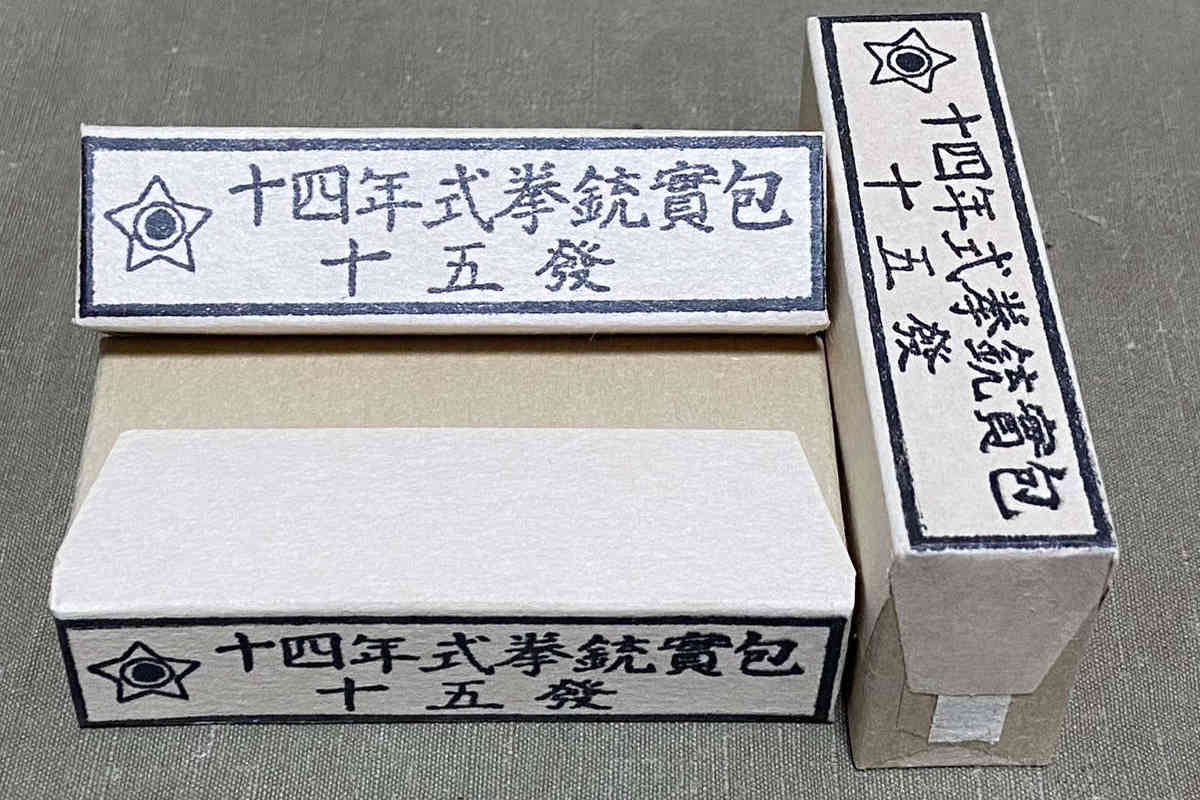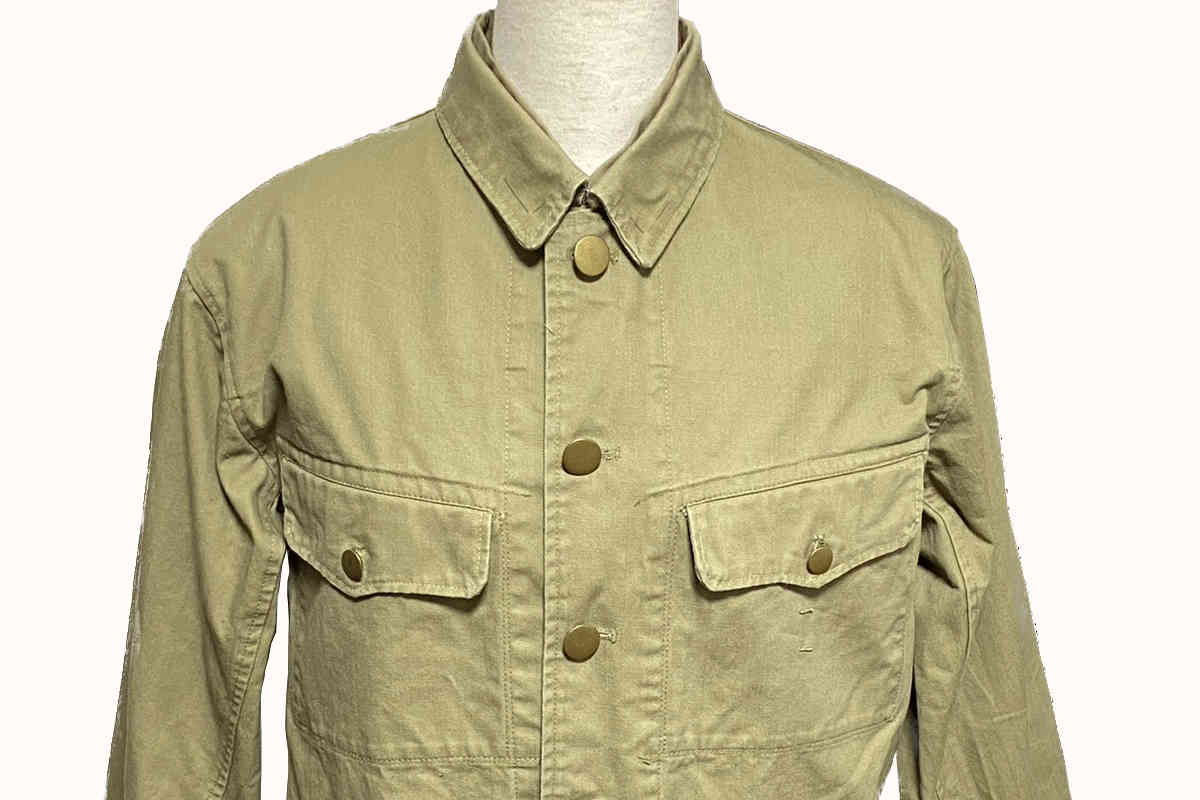Comparison of the Authentic and Replica Type 98 Sun Hat
This time, I'm comparing the Type 98 Sun Hat with the HIKISHOP replica. The authentic Type 98 Sun Hats occasionally appear on Yahoo Auctions, usually trading for around 30,000 to 50,000 yen. The Sun Hat has early and late models. The version established in 1930 (Showa 5)1 featured a metal star insignia and had ventilation holes at the top and on both sides. The one I'm introducing this time is the Sun Hat revised in…
